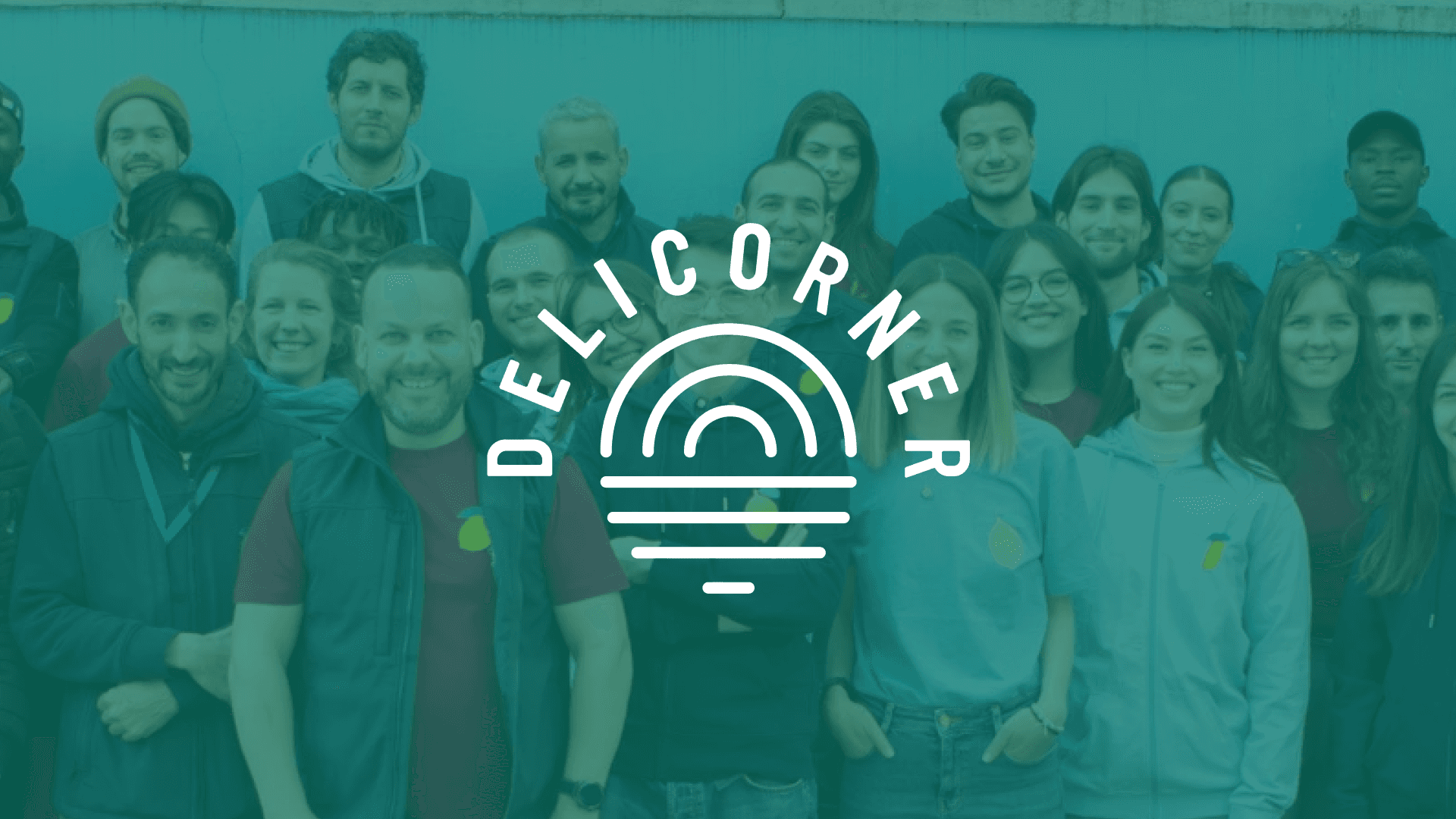What is a Touchpoint? (Customer Contact Moments)
Have you ever paused to consider the many moments you engage with a brand before making a purchase? These interactions, known as touchpoints, play a pivotal role in shaping our perceptions and decisions. From the initial advertisement that catches your eye to the post-purchase follow-up email expressing gratitude for your business, each touchpoint carries the power to transform a casual browser into a loyal customer. In this blog post, we'll unravel the complexity of customer contact moments, offering a deep dive into their significance and how they can be optimized to enhance the customer journey.
By the time you finish reading, you'll not only have a thorough understanding of what a touchpoint is but also possess actionable insights on leveraging these critical moments to elevate your brand's relationship with its audience.
Understanding the significance of touchpoints in customer journey
Grasping the Concept of Touchpoints in Business
As businesses evolve in the digital age, a term you will frequently encounter in the realm of customer experience is "touchpoints". But what does this term imply, and why is it integral to the customer journey?
In the simplest terms, a touchpoint refers to any interaction between a business and its customers. These interactions can happen through multiple channels and at various stages of the customer journey, from the initial contact to purchase and even post-purchase engagements.
The Significance of Touchpoints
Understanding touchpoints is vital for several reasons.
First, they allow businesses to see how customers engage with their brands across different stages of the customer journey. By tracking these engagements, businesses can gain insights into what drives customer satisfaction or dissatisfaction.
Secondly, touchpoints enable businesses to optimize their customer interactions. By understanding the key moments when customers connect with their brand, businesses can fine-tune their strategies to enhance customer experience.
They can proactively address customers' needs, improve their products or services, and ultimately drive customer loyalty. Gaining a thorough knowledge of these touchpoints also enhances marketers' abilities to deliver personalized experiences that resonate with individual customers, thereby fostering better relationships.
Classifying Touchpoints
While touchpoints can vary significantly across different businesses, they can generally be classified into three main types:
Pre-purchase touchpoints: These are the interactions that occur before a customer makes a purchase. They include advertisements, social media engagements, and website visits.
Purchase touchpoints: These involve interactions at the point of sale, such as online checkout or a conversation with a sales representative.
Post-purchase touchpoints: These include interactions after the customer has made a purchase, such as customer service interactions, follow-up emails, or requests for product reviews.
Touchpoints and the Customer Journey
In the context of customer journey mapping, touchpoints represent the various stages at which customers engage with a brand.
The goal here is to map out each touchpoint across the customer journey to gain insights into customer behavior, interactions, and experiences.
Understanding these touchpoints allows businesses to identify opportunities for improvement, streamline processes, and facilitate customer onboarding, thereby enhancing the overall customer experience.
Ways to optimize touchpoints for improved customer experience
Understanding the Concept of Touchpoints in SaaS Environment
If you've ever wondered what a touchpoint is in the world of digital customer experience, you're not alone. A touchpoint is defined as any point of interaction between a provider and a customer. In the SaaS universe, these include any interactions that take place between an enterprise and its users across the service or product lifecycle.
When we talk about optimizing touchpoints, we mean enhancing these interaction points to provide a seamless and pleasurable experience for the customer. This optimization can significantly improve a customer's journey, leading to better customer retention and relationship building.
However, effectively optimizing touchpoints requires a deep understanding of your customers' paths and numerous trials to provide successful user onboarding.
Key Elements of Optimizing Touchpoints
First, you need to identify all the touchpoints in your customer journey. This might include onboarding emails, interactive walkthrough software, customer support, in-product prompts, and so on. The goal here is to understand where and how your customer interacts with your service.
Once you have identified these touchpoints, it is essential to work on their improvement. For instance, could your onboarding process be more intuitive or user-friendly? Are the graphical user interfaces across your platform uniform and easy to navigate?
Optimization also involves constant testing and iteration. Successful SaaS providers know that touchpoint optimization is a continual process of testing, learning, and refining.
Emphasizing User Experience in Touchpoint Optimization
Improving user experience (UX) is a crucial aspect of touchpoint optimization. A better UX leads to higher engagement, improved customer satisfaction, and ultimately, more successful business outcomes.
Consider the onboarding experience as a key touchpoint. The first encounter with your SaaS platform will set the tone for how your customers will interact with your product. Therefore, user onboarding best practices should be applied to ensure it's as smooth and intuitive as possible.

Maximizing Customer Centricity with Optimized Touchpoints
Ultimately, the key to successful touchpoint optimization is customer centricity. Your business must revolve around your customers and their needs, allowing you to align your tech projects with your business goals.
When you fully understand your customer's journey, you can optimize each touchpoint to meet their unique needs. This approach will help you improve customer experience, increase customer retention, and drive your business forward in the competitive SaaS landscape.
Related Glossary
Automation Strategy
Business Process Automation
Business Process Standardization
Cost Optimization
Cross-Functional Collaboration
Customer Centricity
Data Silos
Data-Driven
Digital Tools
Flow in the Context of Work and Creativity
Generative AI
Hyper-targeted
Hyperautomation
Implement
IT Roadmap
IT Strategy
Lead Measure
Positioning
Product Features
Product Manager
Product Marketing Manager
Product Positioning
Quick Wins
Roadmap
Segmentation
Silo
Tailored Product
Tool-tip
Total Quality Management
User Experience



